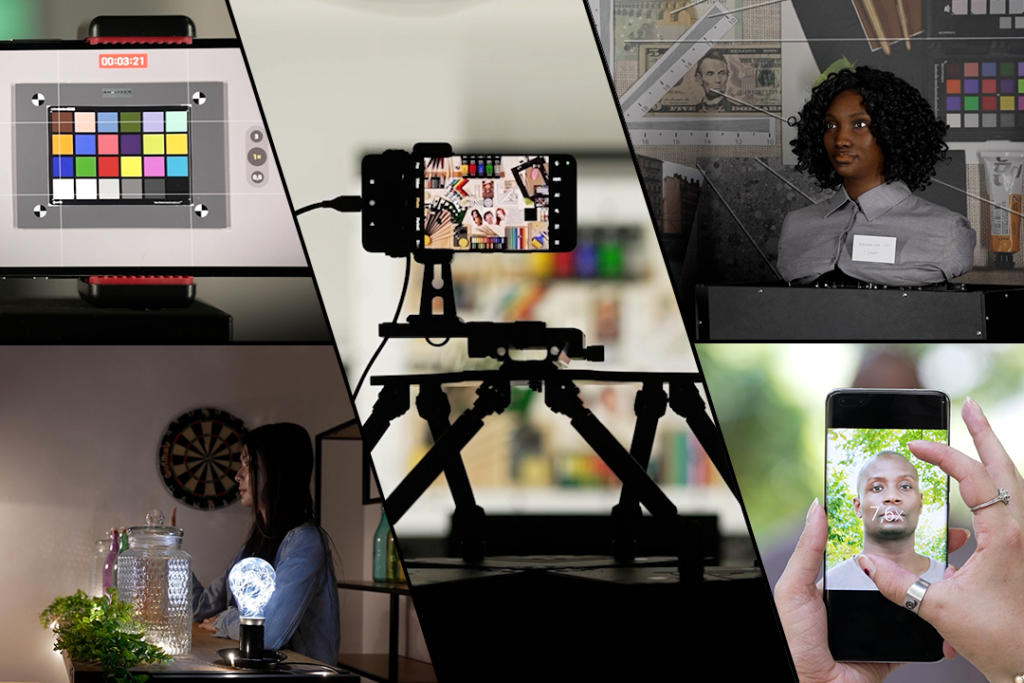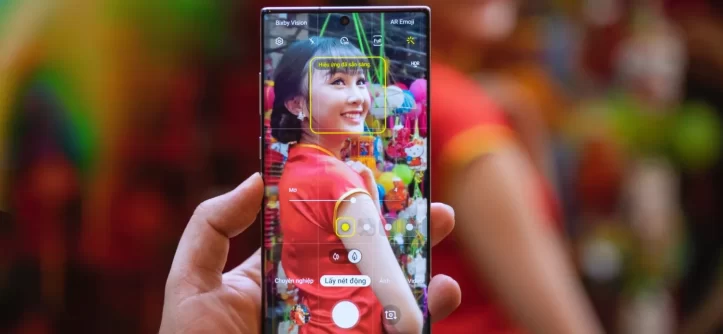In today’s world, our smartphones have become our primary cameras. We capture memories, share moments, and express ourselves through the lens of our mobile devices. However, even with advancements in phone camera technology, many of us still struggle to capture those picture-perfect shots. If you find yourself dissatisfied with the quality of your phone photos, fret not! This comprehensive guide will delve into the common issues affecting phone camera quality and provide you with a plethora of helpful tips and tricks to elevate your photography game.
Common Issues Affecting Phone Camera Quality
Before we dive into the solutions, let’s explore the common culprits behind those less-than-stellar phone photos.

1. Poor Lighting
Lighting is arguably the most critical factor in photography. Insufficient or harsh lighting can lead to grainy, blurry, or washed-out images. Phone cameras, with their smaller sensors, are particularly susceptible to low-light challenges.
2. Dirty Lens
It might seem obvious, but a smudged or dirty lens can significantly impact image clarity. Fingerprints, dust, and other debris can create hazy or blurry spots in your photos.
3. Shaky Hands
Camera shake is a common cause of blurry photos, especially in low-light conditions or when using zoom. Even the slightest movement can result in a loss of sharpness.
4. Incorrect Focus
If your subject is out of focus, the entire image will appear blurry and lack detail. While most phone cameras have autofocus capabilities, they can sometimes struggle to lock onto the correct subject, especially in complex scenes.
5. Over- or Under-Exposure
Exposure refers to the amount of light captured by the camera sensor. An overexposed image will appear too bright and washed out, while an underexposed image will be too dark and lack detail. If you’re struggling with issues like why is my internet not working on my phone, it can also affect how you review and adjust your photos, as a stable connection is crucial for accessing and analyzing your images effectively.
6. Compositional Errors
Composition plays a crucial role in creating visually pleasing images. Common compositional errors include placing the subject in the center of the frame, ignoring the rule of thirds, and tilting the horizon.
7. Digital Zoom
While digital zoom allows you to magnify distant subjects, it does so by cropping and enlarging the image, resulting in a loss of quality and detail.
Tips to Improve Your Phone Photos
Now that we’ve identified the common challenges, let’s explore the tips and tricks to elevate your phone photography.
1. Master the Art of Lighting
- Seek Natural Light: Whenever possible, shoot in natural light. Soft, diffused sunlight provides the most flattering illumination for portraits and landscapes.
- Avoid Harsh Sunlight: Direct sunlight can create harsh shadows and highlights. If shooting in bright conditions, seek shade or use a diffuser to soften the light.
- Utilize Golden Hour: The golden hour, shortly after sunrise or before sunset, casts a warm, magical light that enhances colors and creates a beautiful ambiance.
- Embrace Low-Light Challenges: In low-light situations, use a tripod or stabilize your phone on a steady surface to minimize camera shake. Consider using the Night mode feature on your phone, if available.
2. Keep Your Lens Clean
- Regular Cleaning: Make it a habit to clean your phone lens regularly with a microfiber cloth. Avoid using harsh cleaning agents or abrasive materials that could scratch the lens.
- Protective Case: Consider using a phone case that covers the lens when not in use to protect it from dust and scratches.
3. Stabilize Your Phone
- Use a Tripod: A tripod is an invaluable tool for eliminating camera shake, especially in low-light conditions or when using long exposures.
- Improvise: If you don’t have a tripod, look for stable surfaces to rest your phone on, such as a wall, table, or railing.
- Hold Your Phone Steady: When hand-holding your phone, use both hands and tuck your elbows into your sides to create a more stable base.
4. Master Focus and Exposure
- Tap to Focus: Most phone cameras allow you to tap on the screen to set the focus point. Tap on your subject to ensure it’s sharp and in focus.
- Adjust Exposure: If the image appears too bright or too dark, you can often adjust the exposure by sliding your finger up or down on the screen.
- Lock Focus and Exposure: In challenging lighting situations, you can lock the focus and exposure by tapping and holding on the screen until the “AE/AF Lock” message appears.
5. Compose Thoughtfully
- Rule of Thirds: Divide the frame into nine equal parts using two horizontal and two vertical lines. Place your subject along these lines or at their intersections to create a more balanced and visually pleasing composition.
- Leading Lines: Use natural or man-made lines to guide the viewer’s eye toward the main subject.
- Frame Within a Frame: Use elements in the foreground to create a natural frame around your subject, adding depth and context to the image.
6. Explore Manual Controls
- Pro Mode: Many phone cameras offer a “Pro” or “Manual” mode that gives you control over settings like ISO, shutter speed, and white balance. Experiment with these settings to achieve creative effects and overcome challenging lighting situations.
7. Edit Your Photos
- Photo Editing Apps: There are numerous photo editing apps available that allow you to enhance your images, adjust colors, correct exposure, and remove blemishes.
- Subtle Enhancements: Avoid over-editing your photos. Aim for natural-looking enhancements that improve the image without making it look artificial.
Conclusion
Capturing stunning photos with your phone is within your reach. By understanding the common challenges affecting phone camera quality and implementing the tips and tricks outlined in this guide, you can significantly improve your photography skills and create images that truly impress. Remember, practice makes perfect. So, grab your phone, explore your surroundings, and start capturing the world through your unique lens. Happy shooting!





Leave a Reply